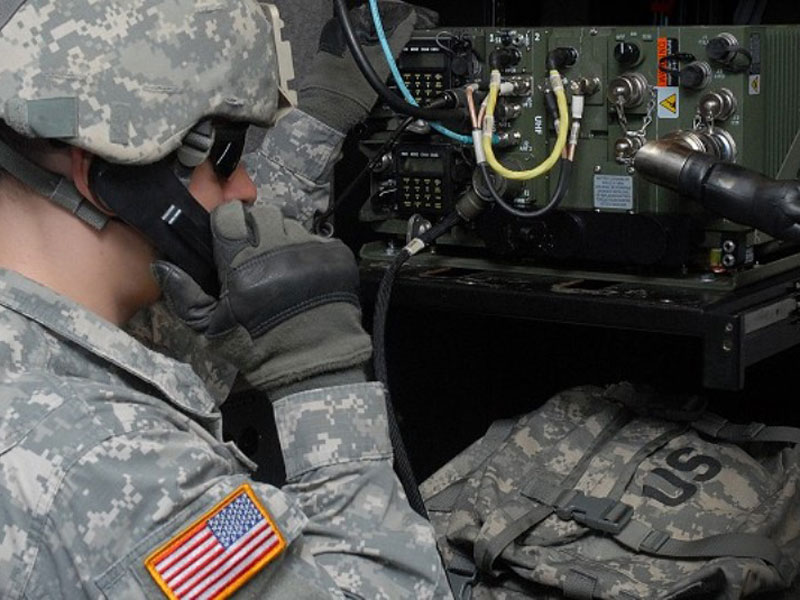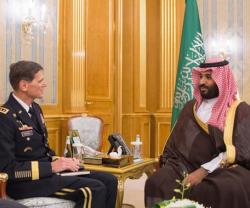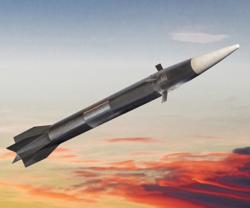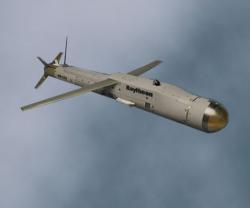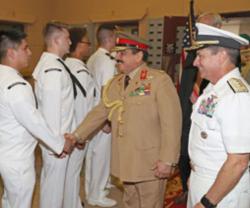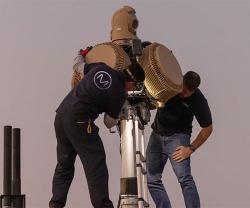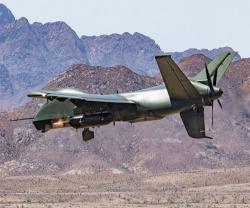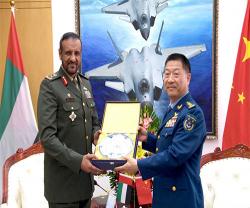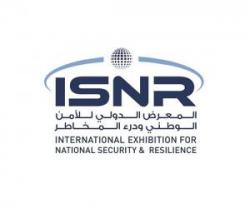BAE Systems Tests PHOENIX™ Networking Radios
11.07.2013 North America
BAE Systems is advancing the ability of today’s warfighters to securely and reliably communicate battlefield information via jam-resistant waveforms. As the developer of the Wideband Networking Waveform (WNW) Anti-Jam (AJ) mode for the U.S. Department of Defense, the company tested its mid-tier PHOENIX™ networking radios at Joint Base McGuire-Dix-Lakehurst (Fort Dix) in New Jersey.
“Protecting tactical communications is fundamental to maintaining battlefield advantage. Our expertise with the Anti-Jam mode of WNW is evident in the positive results of our field testing at Fort Dix,” said Christopher A. Ager, Director of Networked Communications at BAE Systems.
“During this testing, each PHOENIX radio successfully and securely communicated across uneven terrain,” he added.
The over-the-air test was conducted within the scope of a Cooperative Research and Development Agreement (CRADA) between the U.S. Army Communications-Electronics Research, Development and Engineering Center (CERDEC), and BAE Systems. The CRADA provides industry with unique opportunities to collaboratively work alongside government engineers, allowing BAE Systems access to government facilities and resources at Fort Dix. The Product Director for C4ISR and Network Modernization - a directorate of CERDEC - provided the venue to host, instrument, and observe the BAE Systems-led tests.
Using PHOENIX radios, soldiers can communicate voice, data, and video for enhanced battlefield awareness. This family of software-defined radios includes three programmable variants, each of which uses the next-generation, government-owned WNW and Soldier Radio Waveform (SRW), and allows multiple configurations: two-channel with SINCGARS, two-channel, and four-channel.
With the robust WNW, all PHOENIX variants provide full anti-jam modes to protect communications in hostile environments and when using jammers. This off-the-shelf radio system offers a low size, weight, and power design that integrates easily with the SINCGARS radio space already allotted on U.S. Army ground combat vehicles.
BAE Systems is planning additional WNW-AJ tests on networks of up to 30 nodes in the coming months. In November 2012, PHOENIX-2C radios successfully provided tactical networking capabilities during U.S. Army exercises at Fort Huachuca, Arizona, enabling soldiers to communicate more than 20 kilometers in moving vehicles, which is double the mid-tier network requirement.
“Protecting tactical communications is fundamental to maintaining battlefield advantage. Our expertise with the Anti-Jam mode of WNW is evident in the positive results of our field testing at Fort Dix,” said Christopher A. Ager, Director of Networked Communications at BAE Systems.
“During this testing, each PHOENIX radio successfully and securely communicated across uneven terrain,” he added.
The over-the-air test was conducted within the scope of a Cooperative Research and Development Agreement (CRADA) between the U.S. Army Communications-Electronics Research, Development and Engineering Center (CERDEC), and BAE Systems. The CRADA provides industry with unique opportunities to collaboratively work alongside government engineers, allowing BAE Systems access to government facilities and resources at Fort Dix. The Product Director for C4ISR and Network Modernization - a directorate of CERDEC - provided the venue to host, instrument, and observe the BAE Systems-led tests.
Using PHOENIX radios, soldiers can communicate voice, data, and video for enhanced battlefield awareness. This family of software-defined radios includes three programmable variants, each of which uses the next-generation, government-owned WNW and Soldier Radio Waveform (SRW), and allows multiple configurations: two-channel with SINCGARS, two-channel, and four-channel.
With the robust WNW, all PHOENIX variants provide full anti-jam modes to protect communications in hostile environments and when using jammers. This off-the-shelf radio system offers a low size, weight, and power design that integrates easily with the SINCGARS radio space already allotted on U.S. Army ground combat vehicles.
BAE Systems is planning additional WNW-AJ tests on networks of up to 30 nodes in the coming months. In November 2012, PHOENIX-2C radios successfully provided tactical networking capabilities during U.S. Army exercises at Fort Huachuca, Arizona, enabling soldiers to communicate more than 20 kilometers in moving vehicles, which is double the mid-tier network requirement.
Previous PostNGC Moves New B-2 SatComs Concept to the High Ground
Latest news
Latest events
ISNR Abu Dhabi 2024
21 - 23 May 2024ADNEC Centre Abu Dhabi - United Arab EmiratesEUROSATORY 2024
17 - 21 Jun 2024Paris Nord Villepinte - FranceFarnborough International Airshow
22 - 24 Jul 2024Farnborough - United KingdomMiddle East Special Operations Commanders Conference (MESOC)
02 Sep 2024Aqaba - Jordan

